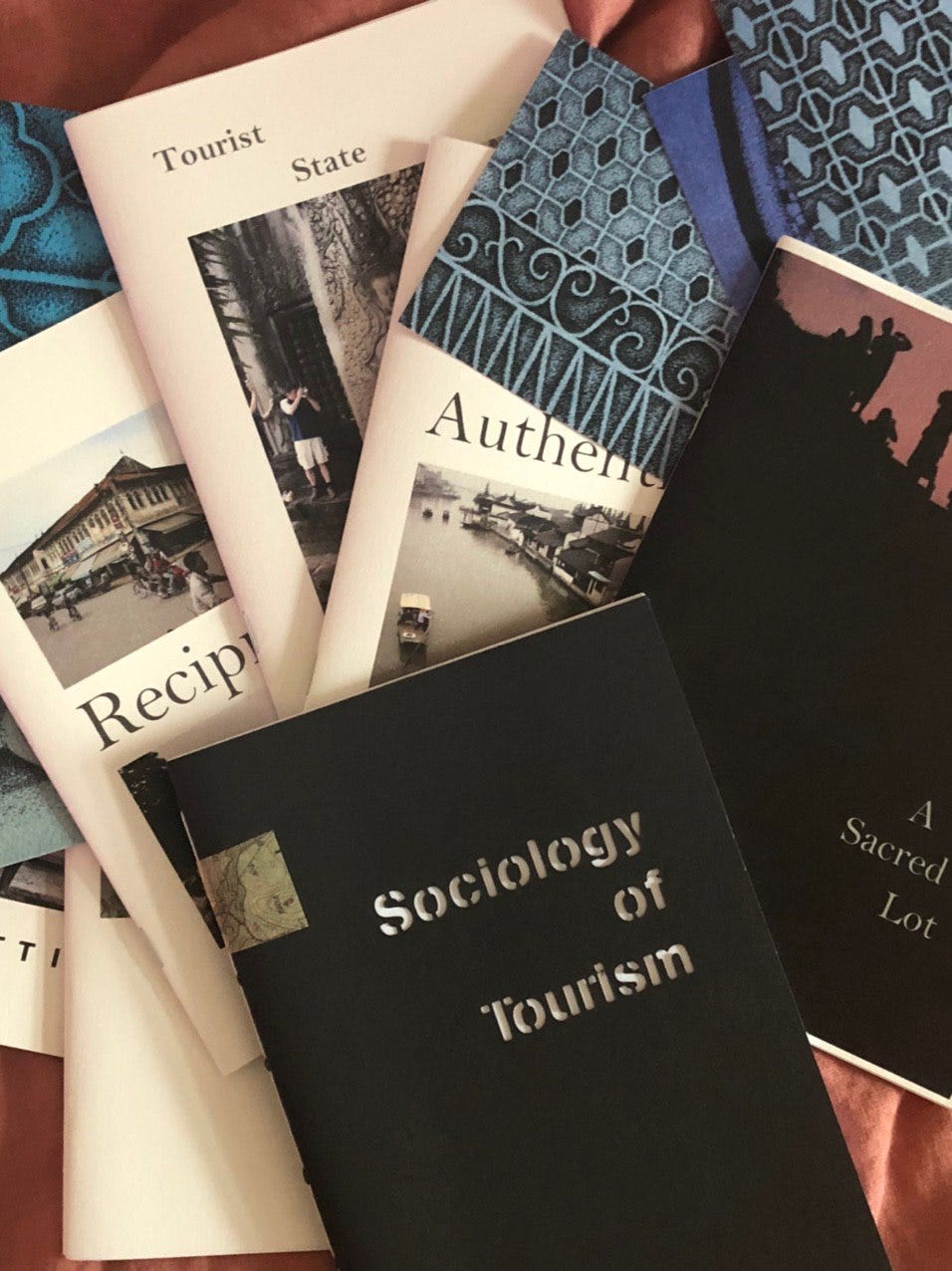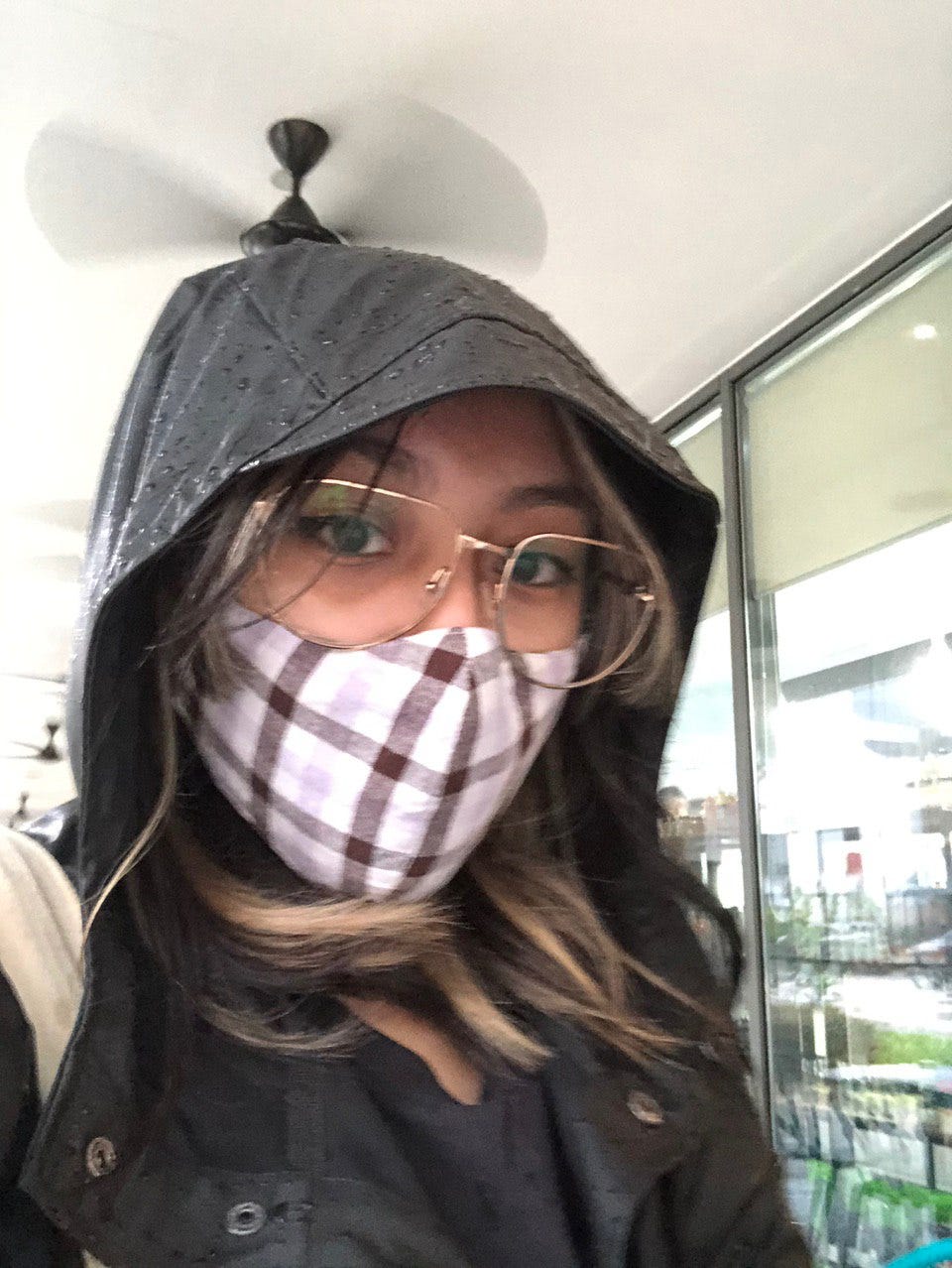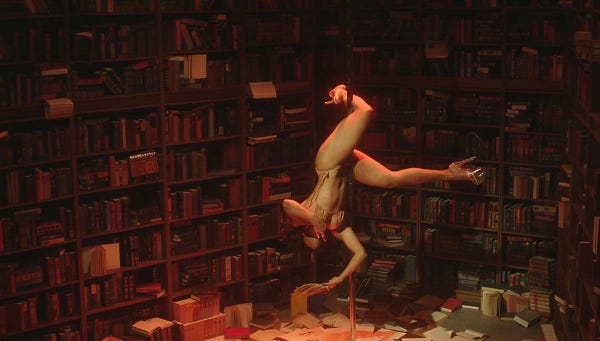I spent $225 at the 2021 edition of the Singapore Art Book Fair. I would have spent more had I made it into the second venue. I’ll get into my haul in the second half of this newsletter, but I thought it important to talk about money first.
$225 is not an amount that I drop without consideration. $225 could get you a night in a 5-star hotel, a month at a boutique gym, or 9 paperback novels. At SGABF, it got me 2 books, 7 zines, a magazine, a t-shirt, and an art print. Are those items equivalent in value? It comes down to how you determine worth. Dollar for word, the 9 novels are a better deal. The standard novel weighs in at around 50,000 words, more than everything I bought at the fair put together. Most novels go through more institutionalised quality checks – editing, copyediting, layout, cover design, marketing etc. If I was looking for the more professional product, I’d opt for a Big Four-published novel every time.
Cost varies a lot within the independent publishing world as well. The magazine I bought, Vestoj, retailed at $39 at the Basheer Graphic Books booth. The seven zines I got from travel ethnographer Sim Jui Liang set me back $75. Each zine contains a single essay; an issue of Vestoj easily contains twice as many longform articles than Sim’s entire oeuvre. The latest issue of Mynah costs $26. Several exhibitors at the fair had zines going for only $5. I’m bored of these numbers already. They don’t say anything compelling about how readable a publication is, just how it’s placed in a larger network of cost considerations.
Nobody goes into independent publishing to get rich. It’s great if you do – I believe Monocle is still independent though I suspect its creators were rich to begin with – but it’s unlikely. High prices tend to indicate high costs. A lot of indies you’d find at SGABF are concerned with the book as form, not just a medium for content. Different paper weights and textures, printing technologies (screen printing, offset etc), and binding methods can add to material costs. Distribution and shipping also costs money. Tabling at the book fair cost $318 this year – a justifiable price but a significant cost for a small publisher nonetheless. In my experience, a cheaper sticker price usually means that the maker has justified not paying themselves for labour or making any profit. They have other income streams and just want to share their work. However, considering how time-intensive assembling a publication can be, the hourly rate for people selling more expensive publications isn’t attractive either. So while I initially hesitated to pay $10-15 per essay for Sim’s travel zines, I don’t regret the purchase. The essays in his zines cover topics like authenticity and gentrification in tourist sites. They wouldn’t be out of place in an art and culture magazine; I actually placed an essay on similar themes in one a few years ago. Paid opportunities for that kind of writing are dwindling. I didn’t get paid for that essay but the max rate for that would only be around $200 in most places anyway. Assuming that overheads are 60% of cost price, Sim “makes” $4-5 per sale. He needs just 50 readers to take a chance on his zine and he’s found a more sustainable way to write than blogging or letting publications run work for free. He also gets full editorial control over his work. I might have gotten better “value” from a book or an established magazine dealing with the same themes but I like knowing that I’m funding an independent writer who backs himself.
The nice thing about fairs like SGABF is being able to see the variety in the publishing scene at a glance. From what I could gather, a lot of my fellow visitors were art students or aspiring writers looking to make their own publishing debuts too. Despite this year being a socially-distanced fair, it was still possible to talk to exhibitors about their work and how they made it. It’s less and less possible to make a living in publishing which is probably why an increasing number of great publications don’t come from people with publishing careers.
On to the haul!
My wallet’s saving grace: I only like books with words in them. There were many beautiful photo/illustration publications at the fair but I know what I like. I actually talked to my friend Joy (of the QZF whose booth I sadly did not get to visit this time) about this recently. We have opposite tastes in books (she likes pictures) and she very kindly gave me a tour of her personal zine and illustration library. You’ll see it in an upcoming issue of this newsletter. Now let me show you what I bought!
I’ve followed Vestoj for a while now, they’re a journal for critical writing about fashion. There are no styling tips or advertorials in this magazine. Nobody’s trying to sell you anything. It isn’t a screed against fashion’s frivolity either. This is clearly a magazine made by people who love fashion and want to contribute to a smarter conversation about it. This issue, On Capital, contains a lot of great essays. The standout to me is La Moda Colombiana by Vanessa Rosales on Colombian beauty standards, plastic surgery and class aspirations.
Also pictured is a print by Aki Hassan, an artist who does like, everything. They’re part of the team at Power Couple Press (the other member is their partner, isn’t that the best) and had some of their publications on sale at the fair too. Unlucky for me, Aki’s zines had already sold out by the time I got there. They did say that there’s a longform publication project in the pipeline so follow them on Instagram if you’d like updates.
I picked up two books. One of them sold out during the fair because it was so popular so it’s on preorder. As such, I don’t actually know what it’s about. I bought it because the title was cool.
The other book is When Cooking Was A Crime which looks at how inmates cooked in prison in 1970s and 80s Singapore. Some of the pages are uncut, leaving readers to either peer in at their contents or make the decision to cut them open. Either method of reading feels illicit. It’s great book design.

A pro-tip from me
If you ever need to carry a tote full of paper goods in a tropical rainstorm, I recommend picking a raincoat over an umbrella.
The trick is to carry your tote normally and then put the raincoat over it. Your babies will be perfectly safe, even if you are cold and unhappy.
More on the SGABF
The people behind SGABF have put together this really slick series of videos aimed at anyone who wants to embark on their own publishing journey.














